What ‘Raw,’ ‘Natural,’ ‘Flora,’ and ‘Infused’ Really Mean
In today’s world of conscious eating and natural living, honey has earned a prominent place as a wholesome and beneficial food. However, choosing the right honey can be confusing, especially when jars are labeled with appealing terms like ‘Raw,’ ‘Natural,’ ‘Flora,’ and ‘Infused.’ While these labels promise purity and quality, they can often be misleading. Therefore, understanding what each term truly means is essential for selecting the honey that aligns with your health goals and values.
Let’s break down these buzzwords and explore what’s really inside the jar.
1. Raw Honey – Unfiltered Goodness from the Hive
To begin with, raw honey is the purest form of honey. It comes straight from the hive and undergoes minimal processing—no heating, pasteurization, or filtering that could strip away its natural nutrients. As a result, it retains beneficial enzymes, bee pollen, antioxidants, and antimicrobial properties.
Why choose raw honey?
It helps support the immune system, promotes gut health, and offers natural energy. Additionally, its high antioxidant content makes it a great addition to your daily wellness routine.
How to spot it:
Look for terms like “unprocessed,” “unfiltered,” or “cold-extracted.” Raw honey often crystallizes over time, which is a good sign of authenticity—not spoilage.
2. Natural Honey – Often Good, But Not Always Clear
Next, natural honey sounds appealing, but this label can sometimes be vague. While it suggests that the honey hasn’t been mixed with artificial sweeteners or additives, it doesn’t necessarily mean it’s raw or organic. Some “natural” honeys may still be heated or lightly processed.
What to keep in mind:
While natural honey is better than highly processed or sugar-syrup-blended honey, it may not offer the full spectrum of benefits found in raw honey. Always read the label thoroughly to understand how it was handled after harvesting.
Tip:
Choose brands that describe their extraction and filtration methods clearly to ensure you’re getting the quality you expect.
3. Flora Honey – A Reflection of the Flowers
Now, let’s explore flora honey, a term that describes honey derived from the nectar of specific plants or floral sources. For example, mustard flora honey, eucalyptus flora honey, or multiflora honey reflect the region and plant variety where the bees foraged. This gives the honey unique flavors, colors, and nutritional properties.
Why it’s special:
Flora honey highlights the biodiversity of the area. Moreover, certain floral honeys like neem, litchi, or tulsi may carry specific health benefits related to the original plants.
How to choose:
Look for the floral source on the label. Brands that mention seasonal harvests or geographic origins often offer more authentic flora honey.
4. Infused Honey – A Creative, Functional Twist
Finally, infused honey combines pure honey with herbs, spices, or natural extracts to create a flavorful and functional product. Whether it’s ginger honey for digestion, turmeric honey for inflammation, or cinnamon honey for blood sugar balance, infused honey can elevate both taste and health benefits.
What makes it effective:
By combining the natural power of honey with targeted ingredients, infused honey serves as both a remedy and a gourmet treat.
How to evaluate it:
Choose infused honeys that contain real herbs or spices—avoid artificial flavors or sweeteners. It’s even better when the base is raw or organic honey.
Why These Labels Matter
Clearly, not all honey is created equal. Labels offer important clues about purity, processing, and the presence of added ingredients. Understanding the differences between raw, natural, flora, and infused honey allows you to make better choices for your health—and support ethical, sustainable honey producers in the process.
Tips for Buying Better Honey:
- Read the full label, not just the buzzwords. Look for detailed descriptions of sourcing and processing.
- Know the origin. Honey from trustworthy farms or beekeepers is more likely to deliver authentic quality.
- Consider your purpose. Choose raw honey for health benefits, flora honey for variety, and infused honey for added function or flavor.
Final Drizzle
In conclusion, reading honey labels doesn’t have to be confusing. Once you understand the meaning behind the terms ‘Raw,’ ‘Natural,’ ‘Flora,’ and ‘Infused,’ you can confidently select honey that fits your needs—whether you’re looking for a wellness boost, a gourmet experience, or a cleaner, more natural sweetener.
So the next time you’re browsing the honey aisle, pause and read the label with intention. The right jar isn’t just sweet—it’s smart.
Bee wise. Bee informed. Bee nourished. 🍯🐝
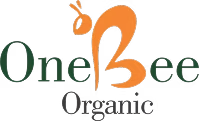
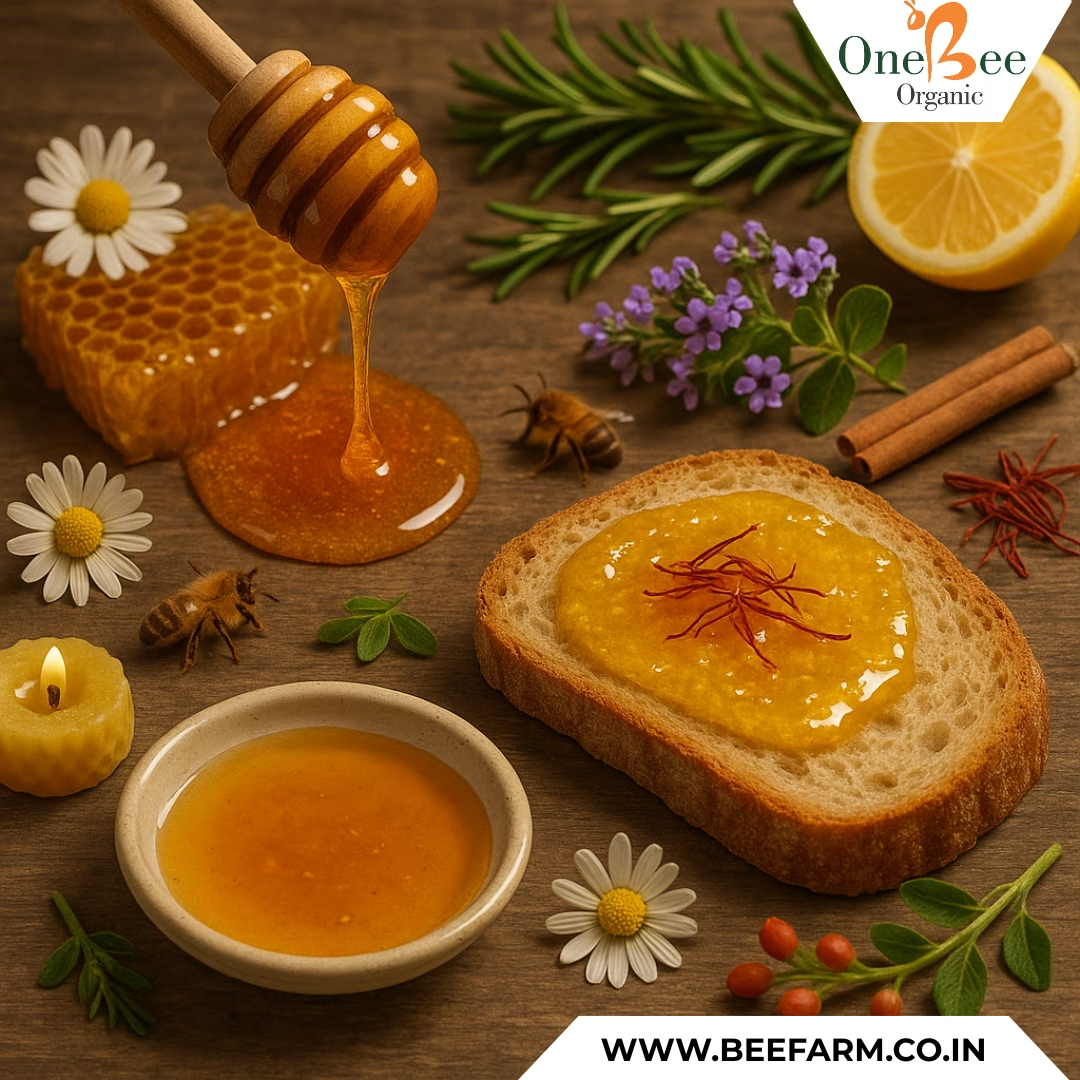
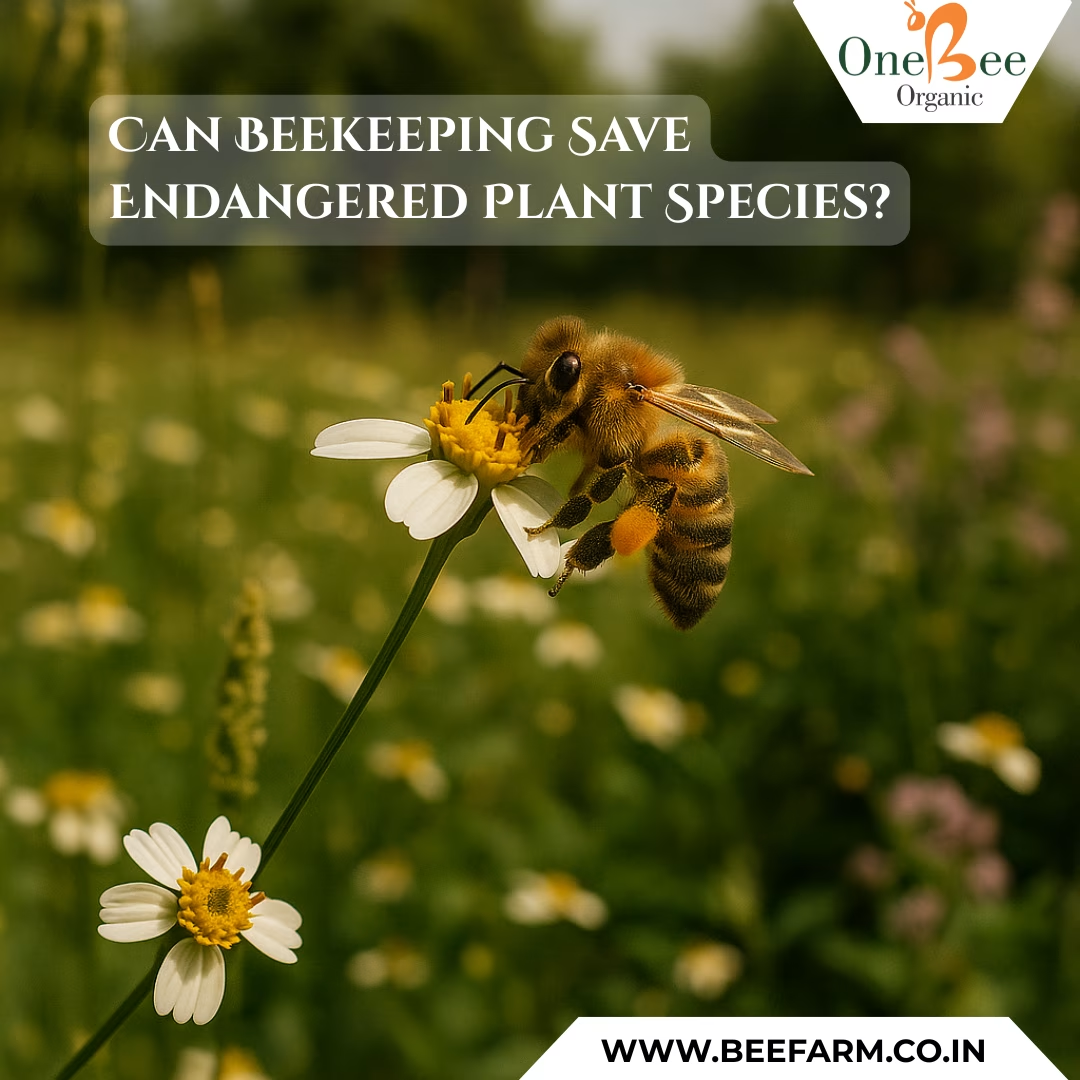

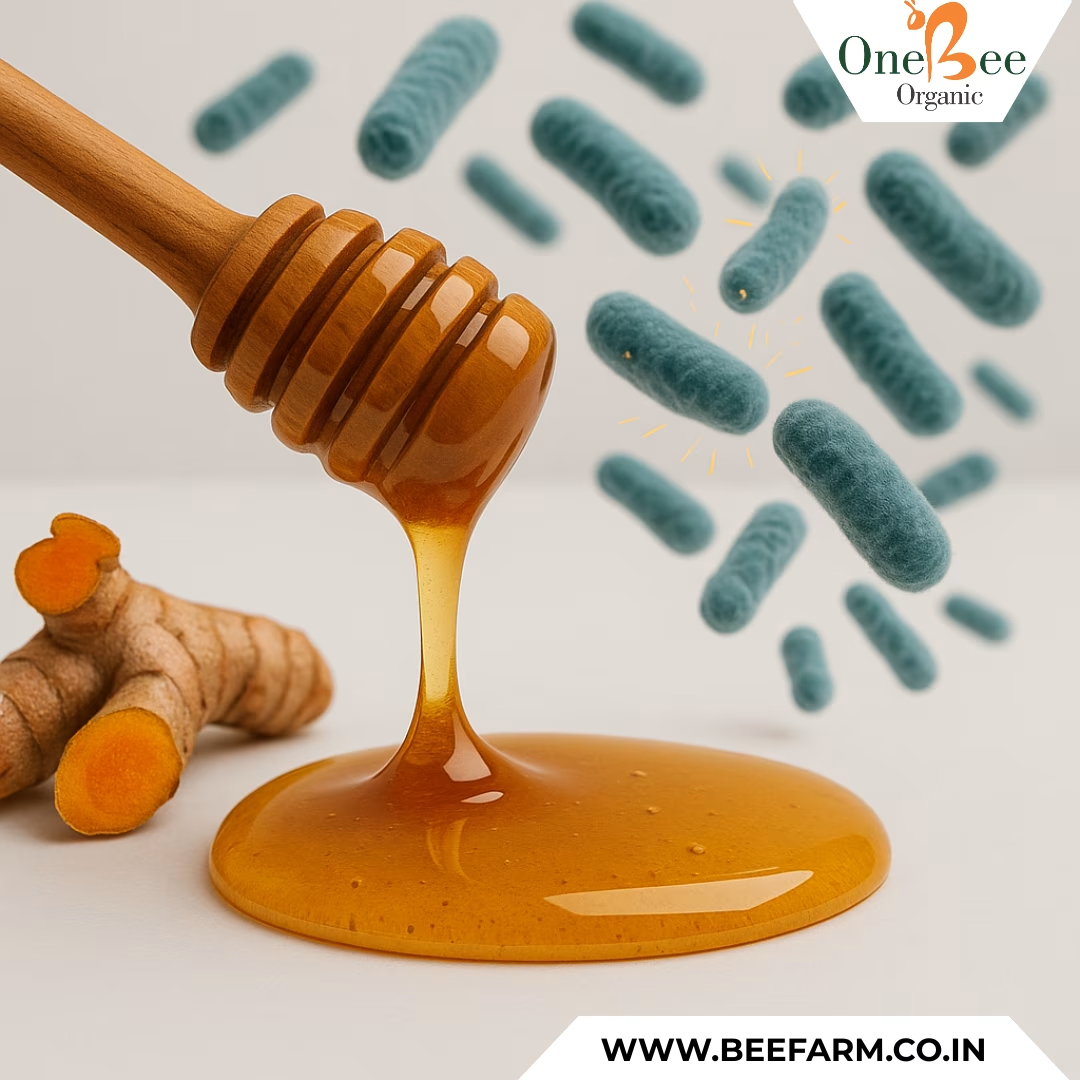

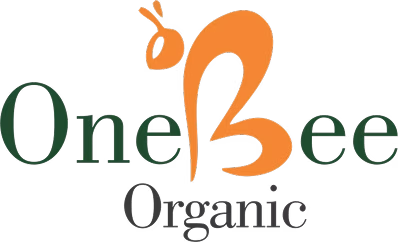
Leave A Comment